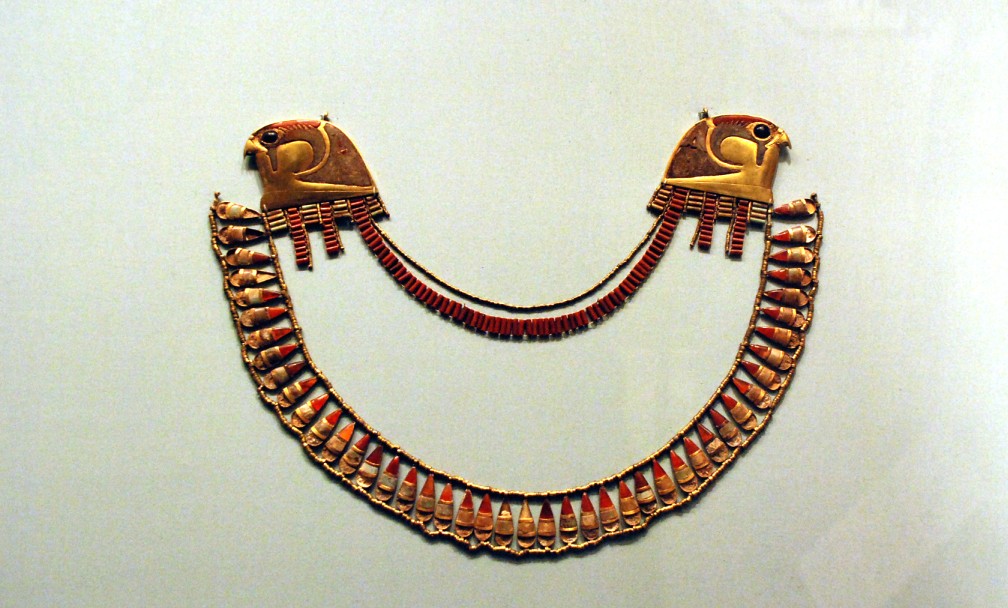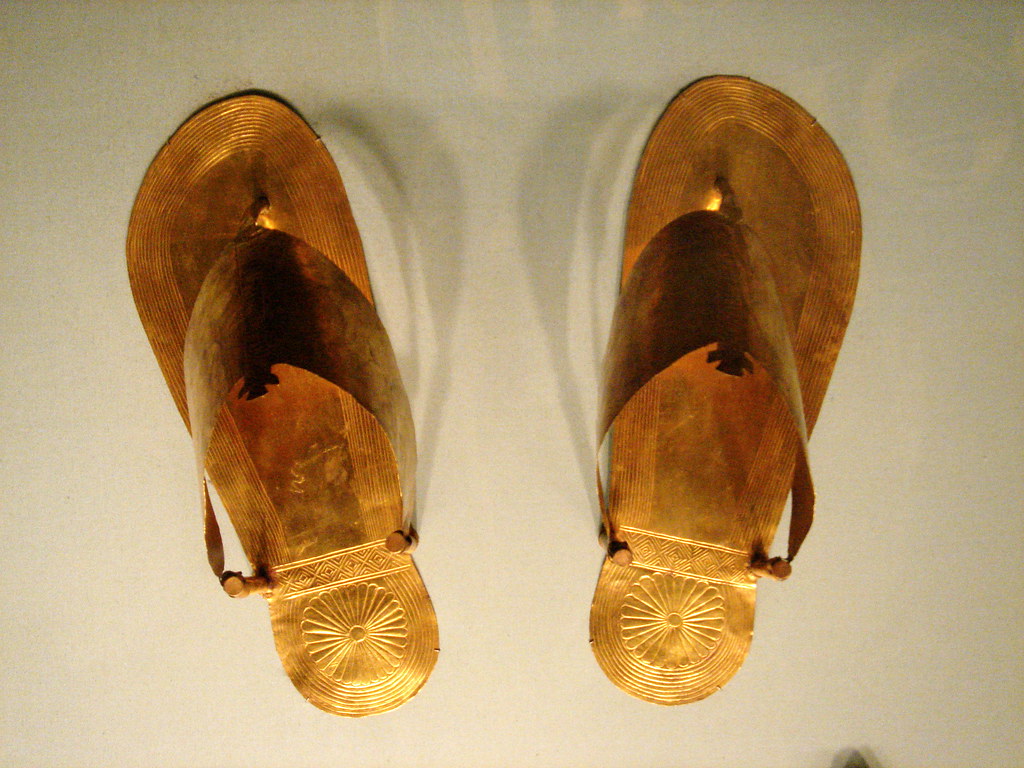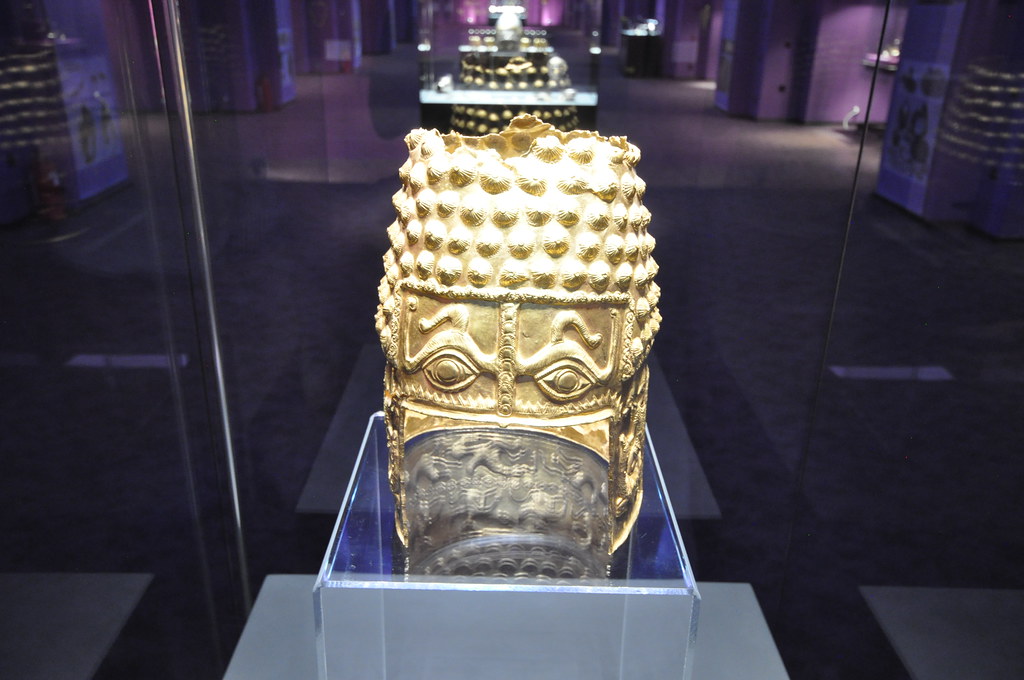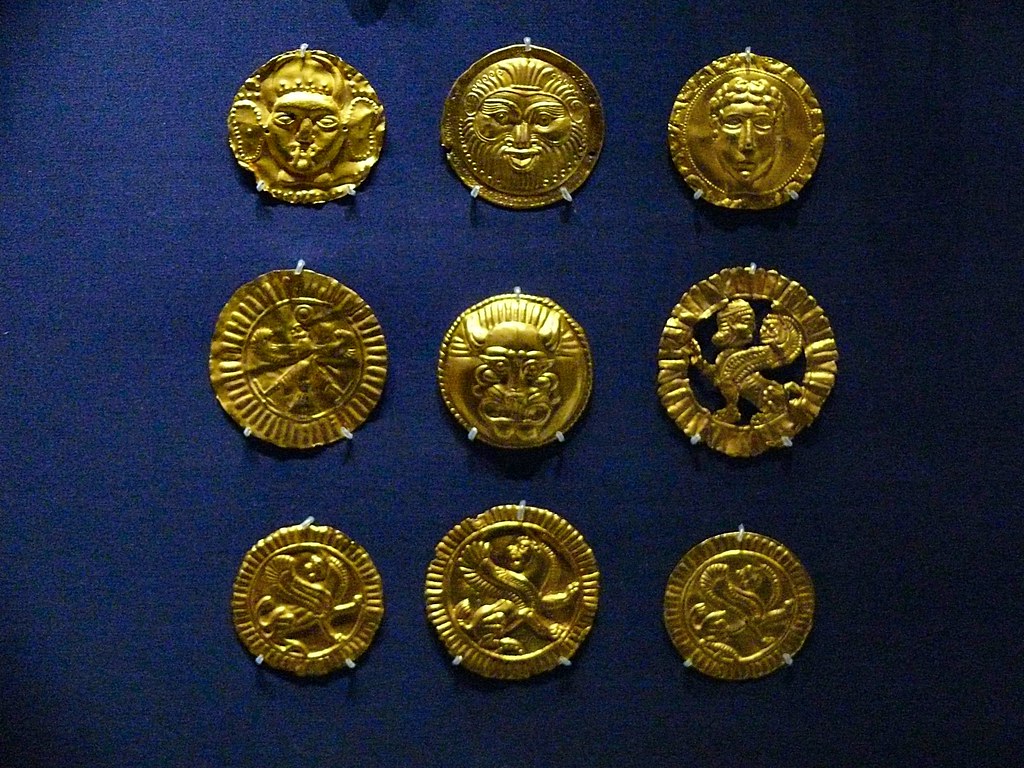The materials considered rare and beautiful, over the time have ranged from claws, shells, pebbles, bones, tusks, and wood to so-called precious metals, precious and semiprecious stones, pearls, enamels, corals, glass pastes, and ceramics.

Image source: https://search.creativecommons.org/photos/0efa1692-6912-4fcc-bf09-e0e51917044b by Hans Ollermann
What is a piece of jewellery?
Jewelry is small decorative items worn for personal adornments, such as brooches, rings, necklaces, earrings, and bracelets. They can be attached to the body or clothing, and the term is limited to durable ornaments, excluding flowers for example.
The word jewelry itself comes from the word jewel, which was anglicized from the Old French “jouel”, and the Latin word “jocale”, which means a toy.

Image source: https://search.creativecommons.org/photos/1481726b-75a8-43a8-bf7b-c738ba835520 by Xuan Che
What are jewels used for?
Humans have used jewellery for several different reasons:
- functional, generally to fix clothing or hair in place, or to tell the time (in the case of watches)
- as a marker of social status and personal status, as with a wedding ring
- as a signifier of some form of affiliation, whether ethnic, religious, or social
- to provide talismanic protection (in the form of amulets)
- as an artistic display
- as a carrier or symbol of personal meaning – such as love, mourning, or even luck

Image source: https://search.creativecommons.org/photos/27a187fc-d71f-4635-b15d-050afbe3a0eeby dynamosquito
Most cultures have been in the habit of storing large amounts of wealth in the form of jewelry. Numerous cultures retain their nuptial gifts or make jewelry as a means of storing or displaying coins. Jewelry has also been used as a currency or bargaining chip; one example is the use of slave beads.
Many jewelry items, such as brooches and buckles, started as purely functional items and evolved into decorative items as their functional needs diminished.
Jewelry can also symbolize belonging to a group such as the Christian crucifix or the Jewish Star of David, or status, as in the case of Western practice where married people wear wedding rings.
Wearing devotional amulets and medals to provide protection or ward off evil is common in some cultures. These can take the form of symbols (such as the ankh), stones, plants, animals, body parts (such as the Khamsa), or glyphs (such as the stylized versions of the Throne Verse in Islamic art).

Image source: https://search.creativecommons.org/photos/c404cbf7-235b-4e56-a779-6f0107adf8ec by mharrsch
Which materials are used to make jewels?
The first materials, used to make objects of personal adornment, were taken from the animal and vegetable world. The material taken from the animal world, constitutes the real ornament, while the vegetable fibers acted as a support. During the prehistoric age, a large variety of shells and shell pieces were used and are still used in some cultures to make necklaces, bracelets, pendants, and hairstyles. The first materials used for personal adornment were mammoth tusks, reindeer horns, and other animals, and later, amber and lignite.
All the materials used over the centuries for the manufacture of jewels have undergone in part mechanical, physical, or chemical treatments to transform their raw forms into shapes that, satisfy certain aesthetic concepts.

Image source: https://search.creativecommons.org/photos/1f391d76-159c-469f-8a90-ede2f20e7c15 by quinet
what are the three most precious materials?
Of gold’s properties, when it was first discovered (probably in Mesopotamia before 3000 BCE), it was the metal’s malleability that was a new phenomenon: the only beeswax, when heated to a certain temperature, could be compared to it. Gold’s molecules move and change position by the stresses to which it is submitted, so that when it is beaten it gains in the surface area what it loses in thickness. In modern jewellery, gold can take on a variety of hues when it is alloyed with other metals: water green, white, grey, red, and blue.
After gold, silver is the metal most widely used in jewellery and the most malleable. Although known during the Copper Age, silver made only rare appearances in jewellery before the Classical Age. In general, silver was, and still is, used in jewellery for economic reasons or to obtain chromatic effects. It was often used in the 17th, 18th, and 19th centuries, however, as support in settings for diamonds and other transparent precious stones, to encourage the reflection of light.
Another rare metal, whose use in jewellery is fairly recent, is platinum. From the 19th century, this metal was used ever more frequently in jewellery because of its white brilliance and malleability, as well as its resistance to acids and its high melting point.
Modern jewellery, such as that designed by early 20th-century artists, introduced nonprecious metals such as steel.
How were the jewels produced in ancient times?
The basic components of jewellery have always consisted of sheet metal, metal cast in a mold, and wire (more or less heavy or fine). These components take on the desired shape using techniques carried out with the help of tools.
Examination of the most ancient pieces of jewellery shows that one of the techniques used most widely in decorating metal sheets for jewellery was embossing (relief work). Over the centuries, embossing techniques have remained unchanged, even if in modern times mechanization has made it possible to mass-produce decorative pieces of jewelry, savings time and labor but with a corresponding lack of art.
In repoussé, the relief is pressed (in a negative mold) or hammered out from the reverse side of the gold sheet and then finished off on the right side with a hammer or engraving tool. For half-modeled or completely round reliefs, the gold leaf was pressed onto wooden or bronze models. Completely round objects were made in two pieces and then welded together.
Another technique is engraving, which involves impressing designs into the metal with a sharp tool.
Decorative openwork designs can be created by piercing the gold leaf. In the Roman period, this technique was called opus interassile.

Image source: https://search.creativecommons.org/photos/fd22536b-086f-4f8a-953b-d09c9b9e5a73 by Fæ

Image source: https://search.creativecommons.org/photos/df06b6d3-6311-4c55-a021-6f2824dcef4e by Jorge Lascar
Granulation is a decorative technique in which small or minute gold balls (with diameters ranging from 1/60 to 1/180 of an inch) are used to form silhouettes on smooth or embossed metal.
Casting from precious metals has always been rare. When the relief was to be visible only from one side, the metal was poured into the cast and, when hardened, touched up with a graver. When the relief was to be fully modeled, the cire perdue (lost wax) process, involving casting from a wax mold, was used.
A filigree is a form of decoration made exclusively from fine gold or silver wire welded onto the surface of an object made of the same metal or done in openwork (without a background). The decoration carried out is designed first on a model with a flat or curved surface identical to that on which the completed filigree is to be welded or to the unsupported shape that it must assume. It can be made from smooth wire or a ropelike plait or a series of small hemispheres. A more complicated type of filigree consists of metal wire made in the shape of beads called granulated filigree.
After having been prepared separately, the different parts that make up a piece of jewellery are put together. In primitive jewellery, it was done mechanically, by inserting beaten pins, bending and beating the parts to be fastened together, or binding them with gold wire or tape. Welding is a technique belonging to a more highly developed stage of ancient gold working (end of the 3rd-millennium BCE).

Image source: https://search.creativecommons.org/photos/8919cf1b-697a-4dd7-b16b-e86bf6d81b4a
Info sources:
https://www.britannica.com/art/jewelry
https://en.wikipedia.org/wiki/Jewellery
https://www.gemsociety.org/article/myth-magic-and-the-sorcerers-stone/
